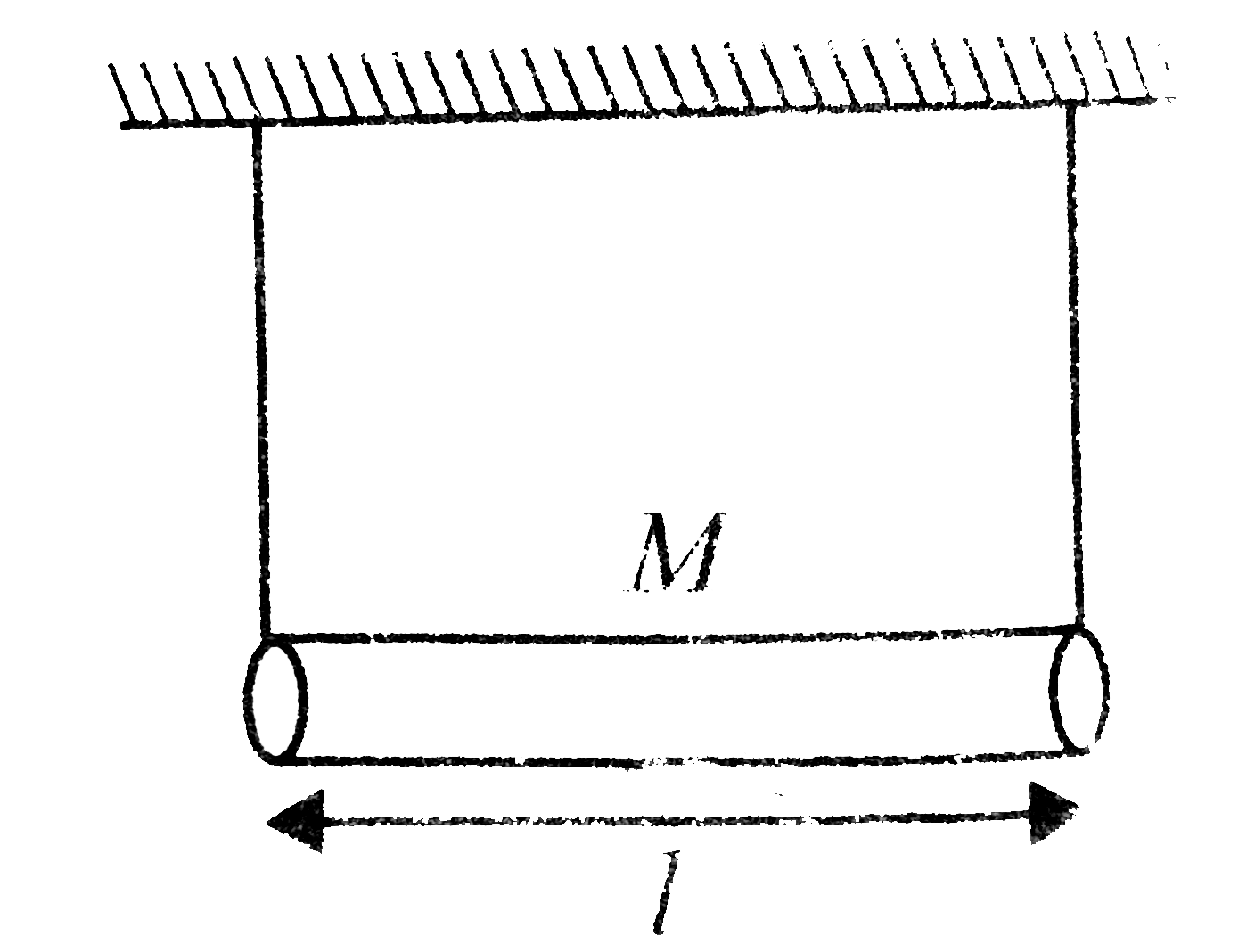A string of length 0.4m and mass 10−2kg is clamped at one end . The tension in the string is 1.6N. The identical wave pulses are generated at the free end after regular interval of time , Δt . The minimum value of Δt , so that a constructive interference takes place between successive pulses is
0.05 s
0.10 s
0.20 s
0.40 s
The correct Answer is:B
Step by step video, text & image solution for A string of length 0.4 m and mass 10^(-2) kg is clamped at one end . The tension in the string is 1.6 N. The identical wave pulses are generated at the free end after regular interval of time , Delta t . The minimum value of Delta t , so that a constructive interference takes place between successive pulses is by Physics experts to help you in doubts & scoring excellent marks in Class 11 exams.
Updated on:21/07/2023Topper's Solved these Questions
- WAVES AND SOUNDBOOK - ERRORLESS CHAPTER - WAVES AND SOUNDEXERCISE - Graphical Quations
17 Videos
- WAVES AND SOUNDBOOK - ERRORLESS CHAPTER - WAVES AND SOUNDEXERCISE - Assertion and Reason
16 Videos
- WAVES AND SOUNDBOOK - ERRORLESS CHAPTER - WAVES AND SOUNDEXERCISE - Musical Sound
32 Videos
- VECTORSBOOK - ERRORLESS CHAPTER - VECTORSEXERCISE - Exercise
223 Videos
- WORK , ENERGY , POWER AND COLLISIONBOOK - ERRORLESS CHAPTER - WORK , ENERGY , POWER AND COLLISIONEXERCISE - Self Evaluation Test
19 Videos
Similar Questions
A uniform rod of length 1m and mass 2kg is suspended. Calculate tension T (in N) in the string at the instant when the right string snaps (g=10m/s2).

View SolutionA string of length 1 m and mass 2×10−5 kg is under tension T. When the string vibrates, two successive harmonics are found to occur at frequencies 750 Hz and 1000 Hz. The value of tension T is ________Newton
View Solution
Knowledge Check
A string of length 0.4m and mass 10−2kg is tightly clamped at its ends. The tension in the dtring is 1.6N. Idential wave pulse are produced at one end at equal intervals of time, Δt. The minimum value of Δt which allows constructive inetrference successive pulse is
A(a) 0.04sB(b)0.10sC( c ) 0.20sD(d) 0.40sA string of length 0.4 m and mass 10−2 kg is clamped at its ends. The tension in the string is 1.6 N. When a pulse travels along the string the shape of the string is found to be the same at times t and t+△t. The value △t is
A0.05sB0.1sC0.2sD0.4sA string of length 10.0 m and mass 1.25kg stretched with a tension of 50N. If a transverse pulse is created at one end of the string, how long does it take to reach the other end ?
A0.5sB1.0sC1.5sD2.0s
In the given figure a string of linear mass density 3×10−2 kg//m and length L=1 m, is stretched by a froce F=(3−kt)N, where k is a constant and t is time in sec. At the time t=0, a pulse is generated at the end P of the string Find the value of k (in N//s) if the value of force becomes zero as the pulse reaches point Q.

View SolutionA string AB of length 5m and linear mass denity 1kgm−1 is clamped at both the ends with a tension of 144 N. Find minimum frequency (in H z ) of transverse standing wave in string so that a node appears at a distance 3m from end A.
View SolutionA string of mass 2.50kg is under a tension os 200N. The length of the stretched string is 20.0m. If the transverse jerk is struck at one end of the string, how long does the disturbance take to reach the other end?
View SolutionA string of mass 0.250 kg is under a tension of 2 N. The length of the stretched string is 2 m. A transverse wave disturbance starts at one end of the string . How long will the disturbance take to reach the other end ?
View SolutionA string of mass per unit length 0.2 kg m−1 and length 0.6 m is fixed at both ends such that it has a tension of 80 N. If the string is vibrating in its second overtone mode, then the frequency of the string is
View Solution
